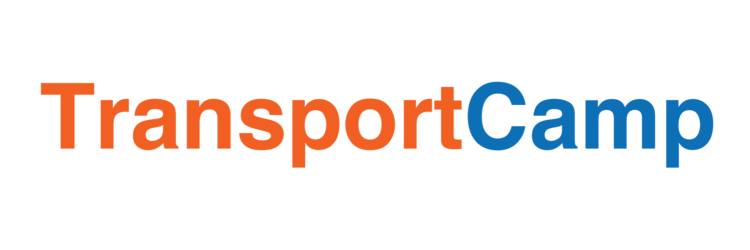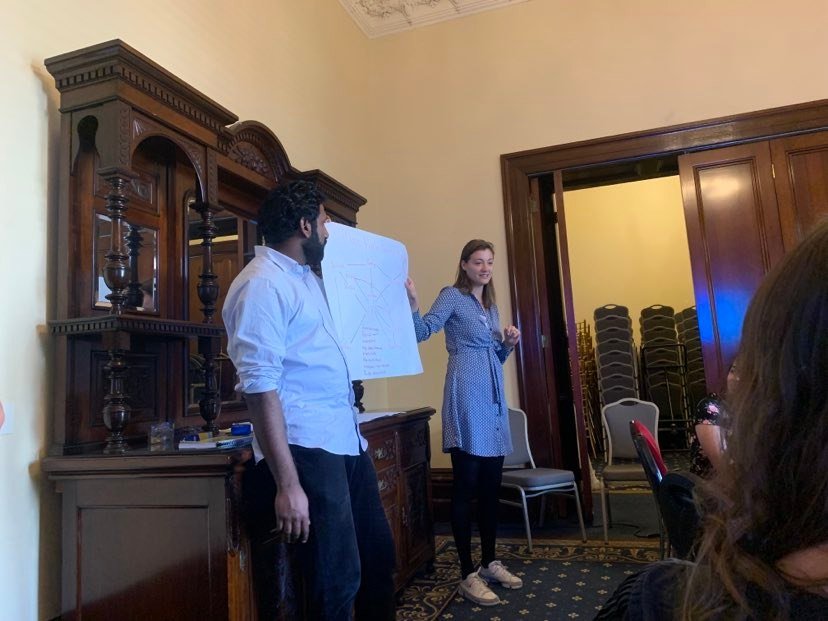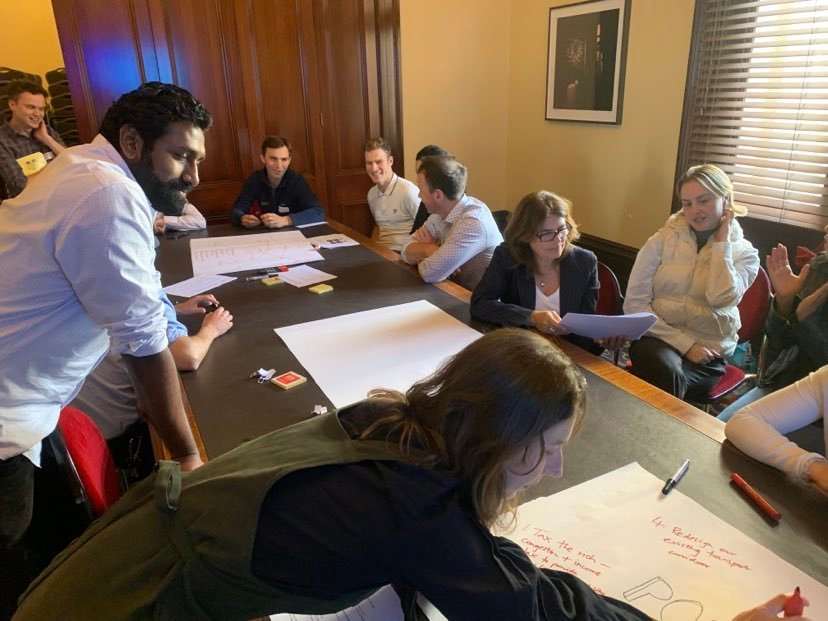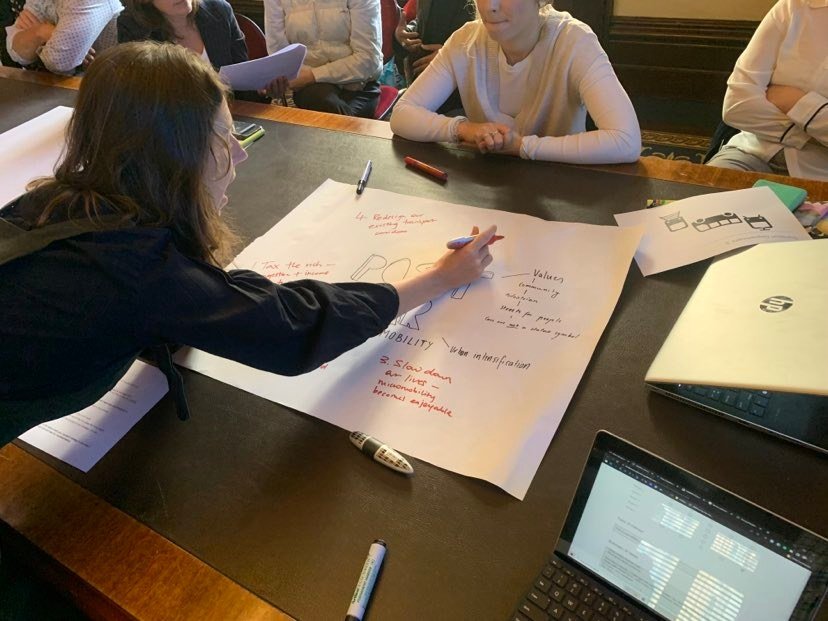Session: 1
Room: Regent Room
Session Title: Transport strategy for Non-human and sustainability
Format: Discussion
Presenter Name: Hayley Timmers (RMIT)
Summary
How do we identify the key species or understand local biodiversity as one neighbourhood?
How can we plan for non-human connectivity?
Community advocacy reclaiming streets: Consider how people reclaim nature strips. Gorilla street trees on the upfield line.
Community planting VicTrack: tracking which species pass which route in their everyday lives to reflect on the transport planning.
How do we tackle KPI while making enjoyable connectivity for humans and non-humans?
How should we assess possible environmental impacts on the site when we plan the strategy?
There are important grasslands along the Sunbury line, these narrow strips of vegetation should not be managed without engaging Traditional Owners.



